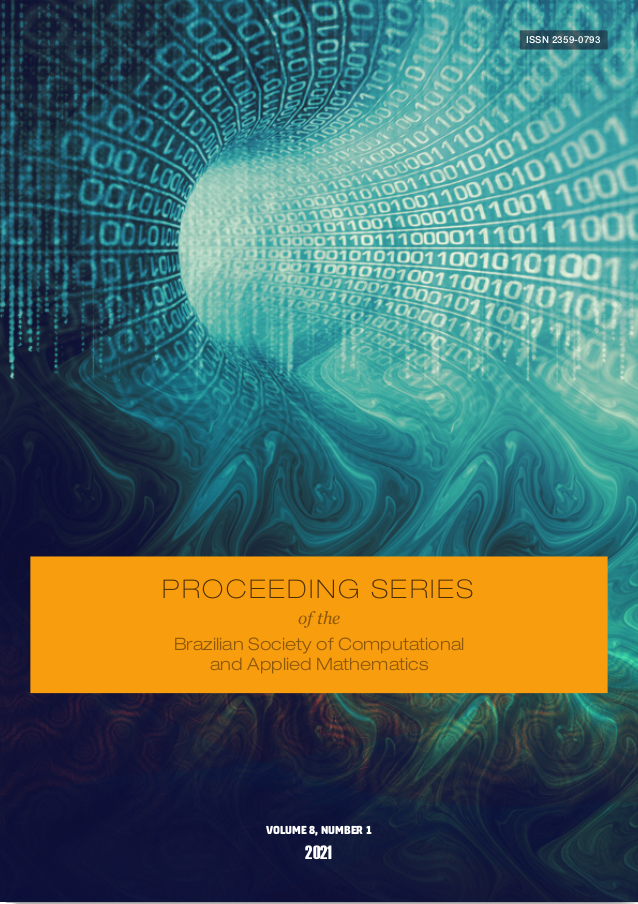People as planets: a gravity model for inter-municipalmobility
Resumen
Newton’s law of gravitation states that any particle of matter in the universe attracts eachother with a force that varies with their masses and the distance between them, such thatFg=Gm1m2/d2. Centuries later, this idea was extended [2] to allow modeling not only the gravitationalattraction between planets but also human mobility “attraction” between regions. [...]Descargas
Citas
Bergstrand, J.H.: The gravity equation in international trade: Some microeco-nomic founda-tions and empirical evidence. The Review of Economics and Statis-tics67(3) (August 1985)47
Haynes, K., Fotheringham, S.: Gravity and Spatial Interaction Models. Volume 2of SAGEseries in Scientific Geography. Sage, United States (1984)
Huang, Z., Wu, X., Garcia, A.J., Fik, T.J., Tatem, A.J.: An open-access modeledpassengerflow matrix for the global air network in 2010. PLoS ONE8(5) (May2013) e64317
Jia, J.S., Lu, X., Yuan, Y., Xu, G., Jia, J., Christakis, N.A.: Population flow drivesspatio-temporal distribution of COVID-19 in china. Nature582(7812) (April2020) 389–394
Krings, G., Calabrese, F., Ratti, C., Blondel, V.D.: Urban gravity: a model forinter-citytelecommunication flows. Journal of Statistical Mechanics: Theory andExperiment2009(07)(July 2009) L07003
Mendes, J.: Gravity-model. https://github.com/jeference/Gravity-model (2021)[7] Montanari, A.: Human mobility, global change and local development. Belgeo(1-2) (June2005) 7–18

